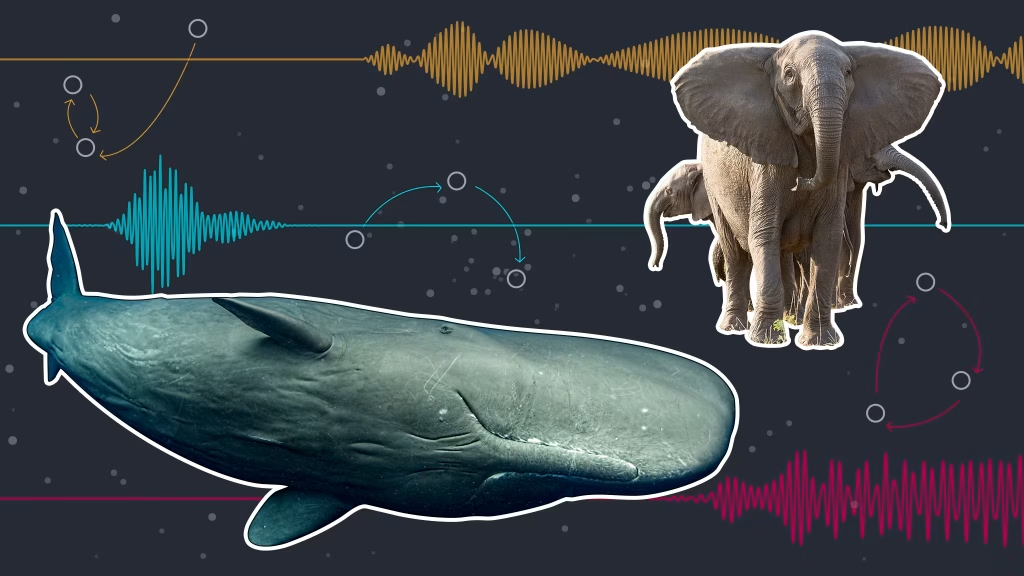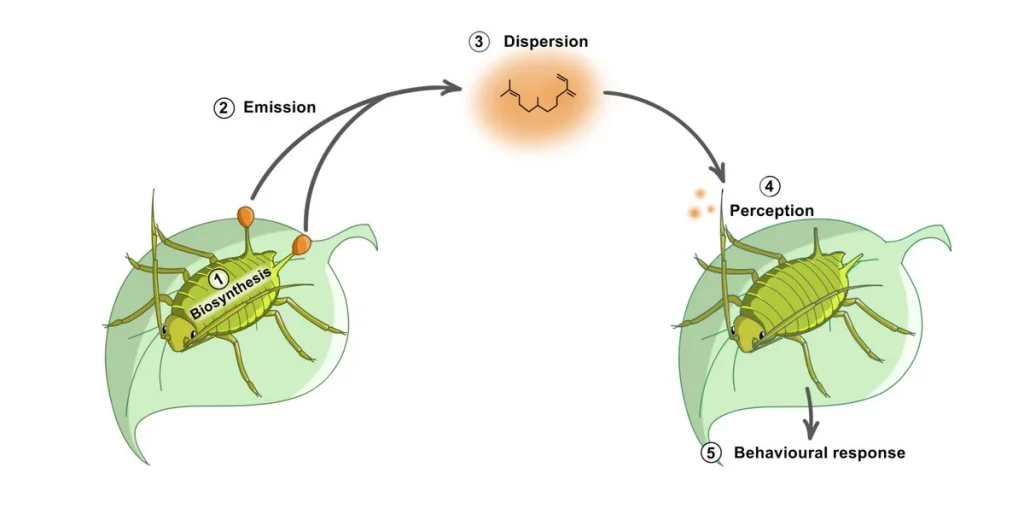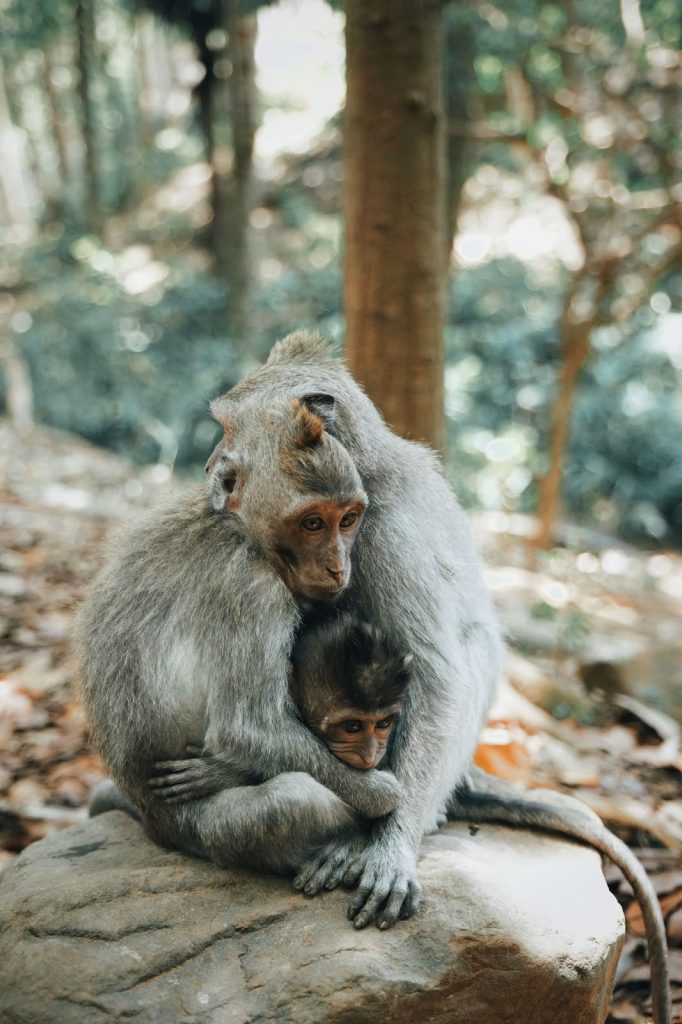Communication is vital for survival, both in the human world and the animal kingdom. From warning others of predators to attracting mates, animals rely on various forms of communication to navigate their environments. While humans primarily use spoken and written language, animals have developed a range of sophisticated methods to convey information. In this article, we will explore the fascinating ways animals communicate, showcasing the diversity of signals and messages exchanged in the wild.
1. Verbal Communication: Sound in the Animal Kingdom
Many animals use vocal sounds as a primary means of communication. These sounds can range from simple calls to complex sequences of noises that convey detailed information. One of the most well-known examples of this is bird songs. Birds, especially songbirds like the nightingale, use intricate melodies to attract mates, mark their territories, and communicate with others in their flock. Each species of bird has its own unique song, and often, males use these vocalizations to compete for the attention of females.
Dolphins are another species known for their advanced verbal communication. These marine mammals use a combination of clicks, whistles, and squeaks to communicate with each other. Dolphins have even been observed identifying individual members of their group by using specific whistles, akin to how humans use names. Studies have shown that dolphins can “talk” to each other in intricate ways, allowing them to coordinate hunting and social behaviors.

2. Non-Verbal Communication: Body Language and Movement
Beyond sound, animals often rely on body language and movement to communicate. For example, wolves use a complex set of facial expressions, tail positions, and body postures to convey their emotions and intentions. When a wolf wants to establish dominance, it might stand tall with its ears forward and tail raised. On the other hand, a submissive wolf will lower its body, tuck its tail between its legs, and avoid eye contact.
Similarly, many species of primates, such as chimpanzees and gorillas, use gestures and postures to communicate. A raised arm or open hand can indicate a request for food, while aggressive behaviors may be shown through loud chest beating or threatening displays. These gestures are crucial for maintaining social order and preventing conflicts within groups.

3. Chemical Communication: Scent and Pheromones
For many animals, scent plays a significant role in communication. Animals like dogs and cats use scent marking to establish their territory and signal their presence to others. When a dog marks a tree or a cat rubs its face against furniture, they are leaving behind chemical signals that convey information about their identity and emotional state.
In the insect world, chemical communication is even more pronounced. Ants, for example, use pheromones—specialized chemical compounds—to lead their colony members to food sources or warn them of danger. When a worker ant finds food, it will leave a trail of pheromones that other ants can follow. If an ant encounters a predator, it releases alarm pheromones to alert the colony, prompting defensive behaviors.

4. Visual Communication: Colors and Patterns
Many animals use visual signals to communicate with others in their environment. One striking example of this is the use of bright colors by animals like frogs, butterflies, and certain species of fish. These vivid colors often serve as warning signs to potential predators, signaling that the animal is poisonous or dangerous to eat. In tropical regions, the poison dart frog’s bright skin is a clear visual signal that it should not be touched.
In the deep ocean, some fish and cephalopods like octopuses have developed bioluminescence—producing light from their bodies—to communicate in the darkness. These flashes of light can be used to attract mates or confuse predators, creating a dazzling underwater display of visual communication.

5. Tactile Communication: Touch in Social Animals
Touch is another important method of communication, especially for social animals. Primates, including humans, frequently use touch to bond and convey emotions. Grooming behavior in apes, for example, helps strengthen social bonds and maintain group harmony. By carefully grooming each other’s fur, apes remove parasites and dirt while reaffirming their social connections.
Elephants are another species that relies heavily on touch. They use their trunks to comfort distressed individuals, offer reassurance, or express affection. A gentle touch of the trunk can signal care and empathy, especially within tightly knit elephant families.

Conclusion
Animal communication is a multifaceted and fascinating field of study that reveals just how intelligent and adaptive different species are. From verbal calls and visual displays to chemical signals and tactile interactions, animals have evolved a wide range of ways to communicate with one another. Understanding these methods not only helps researchers learn more about animal behavior but also emphasizes the complexity and interconnectedness of life on Earth.
By appreciating the various forms of animal communication, we gain a deeper understanding of how animals survive and thrive in their environments. This knowledge can also play a vital role in wildlife conservation efforts, as better understanding animal behaviors can inform how we protect them in the wild.














Leave a comment